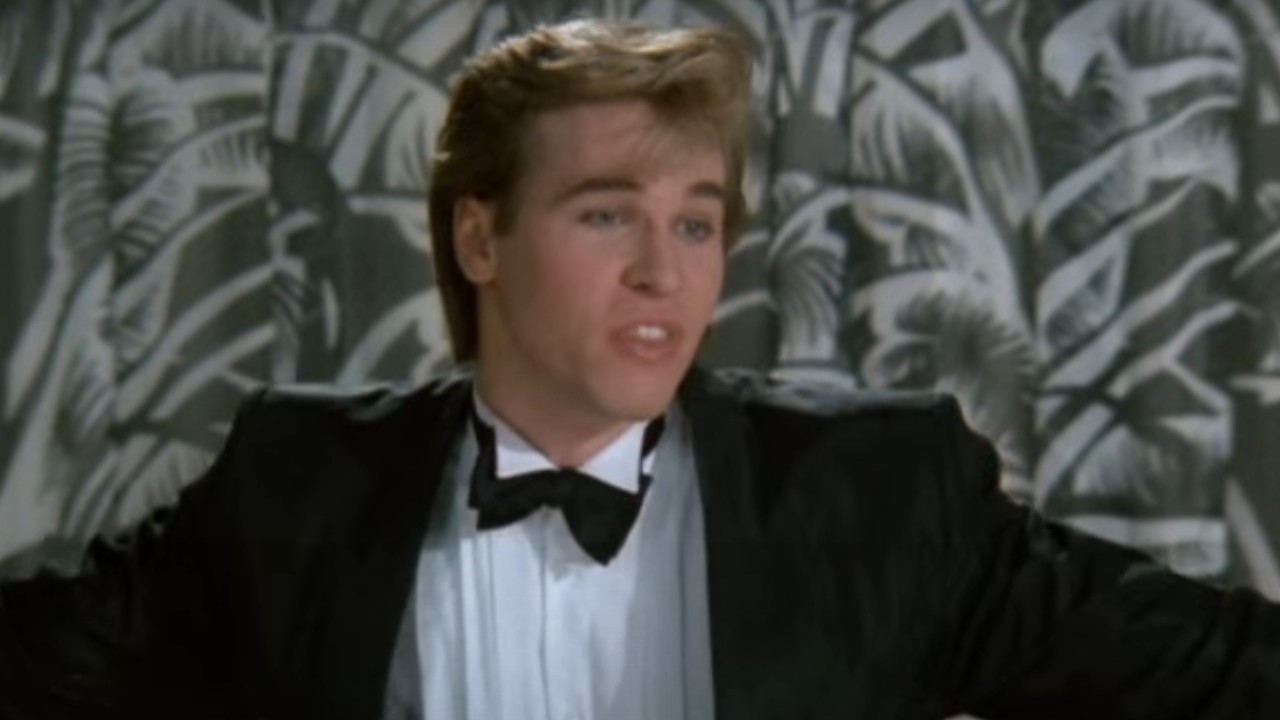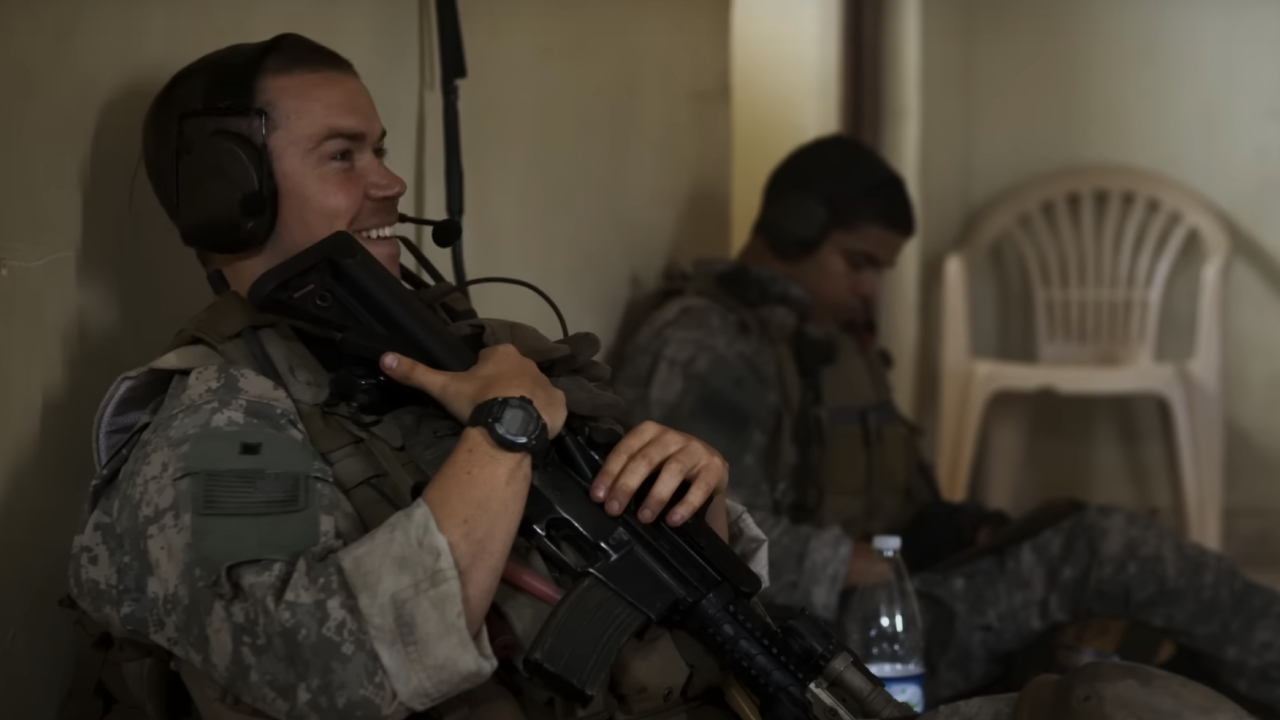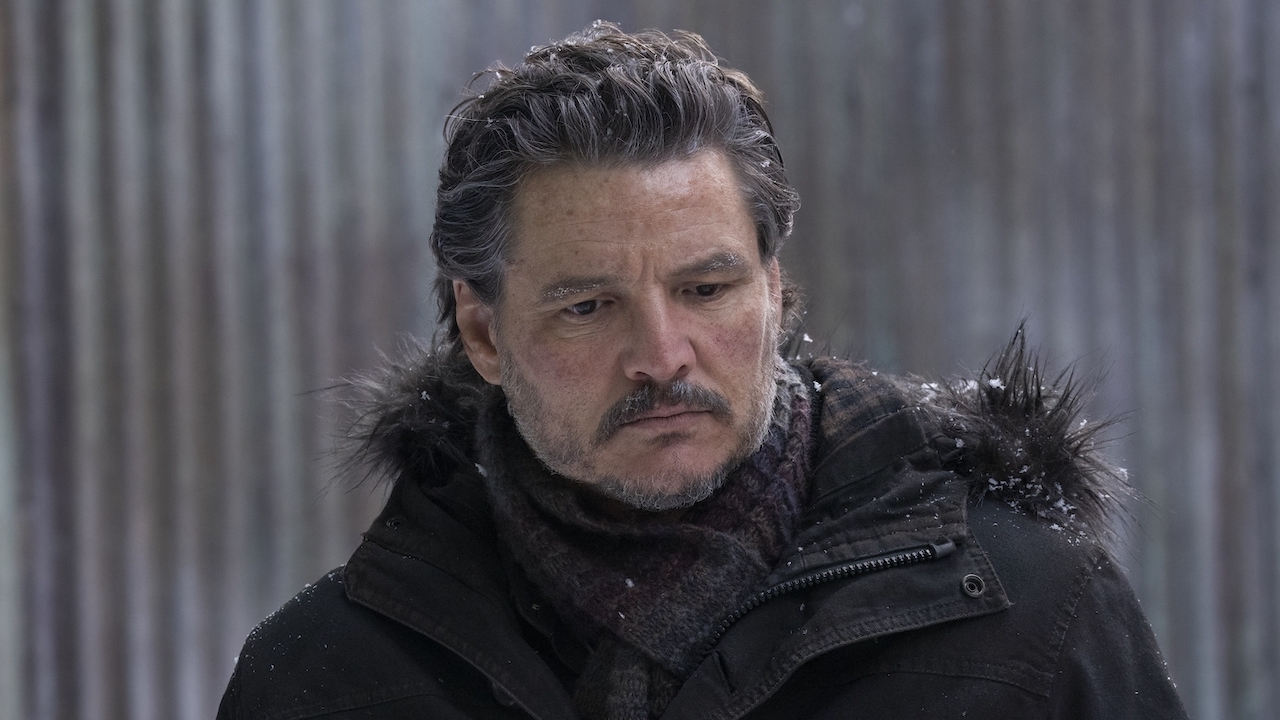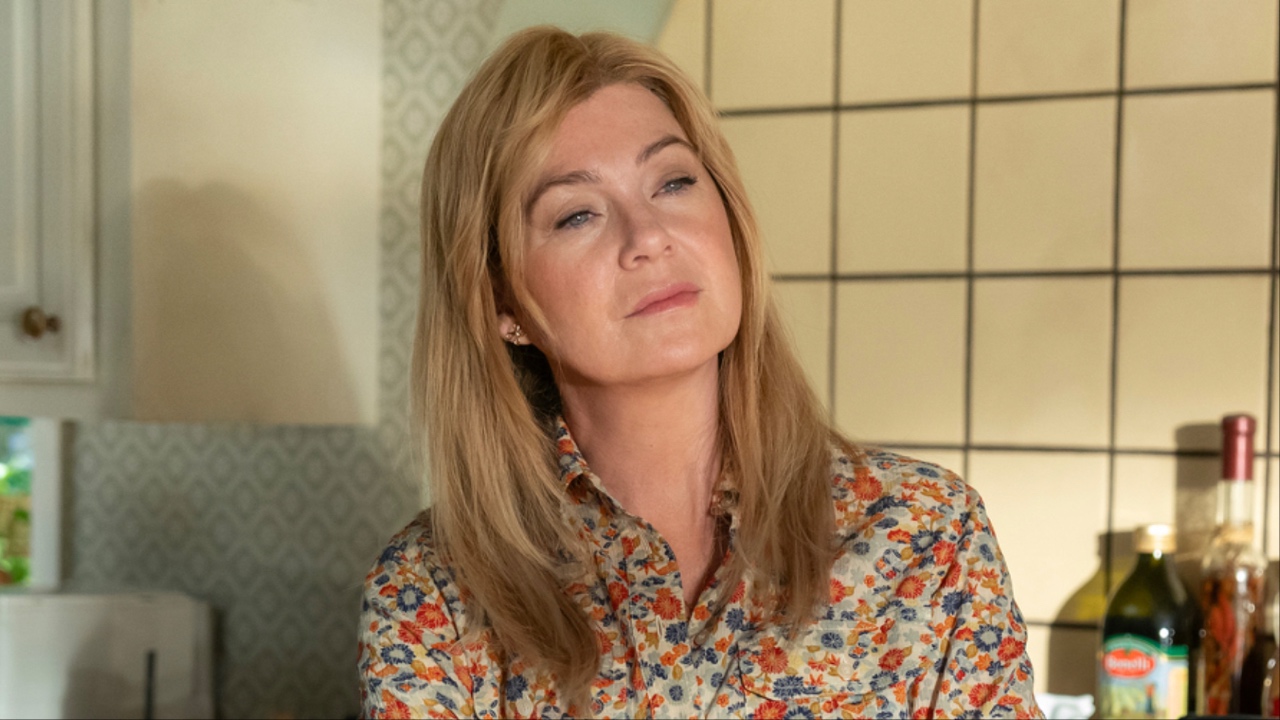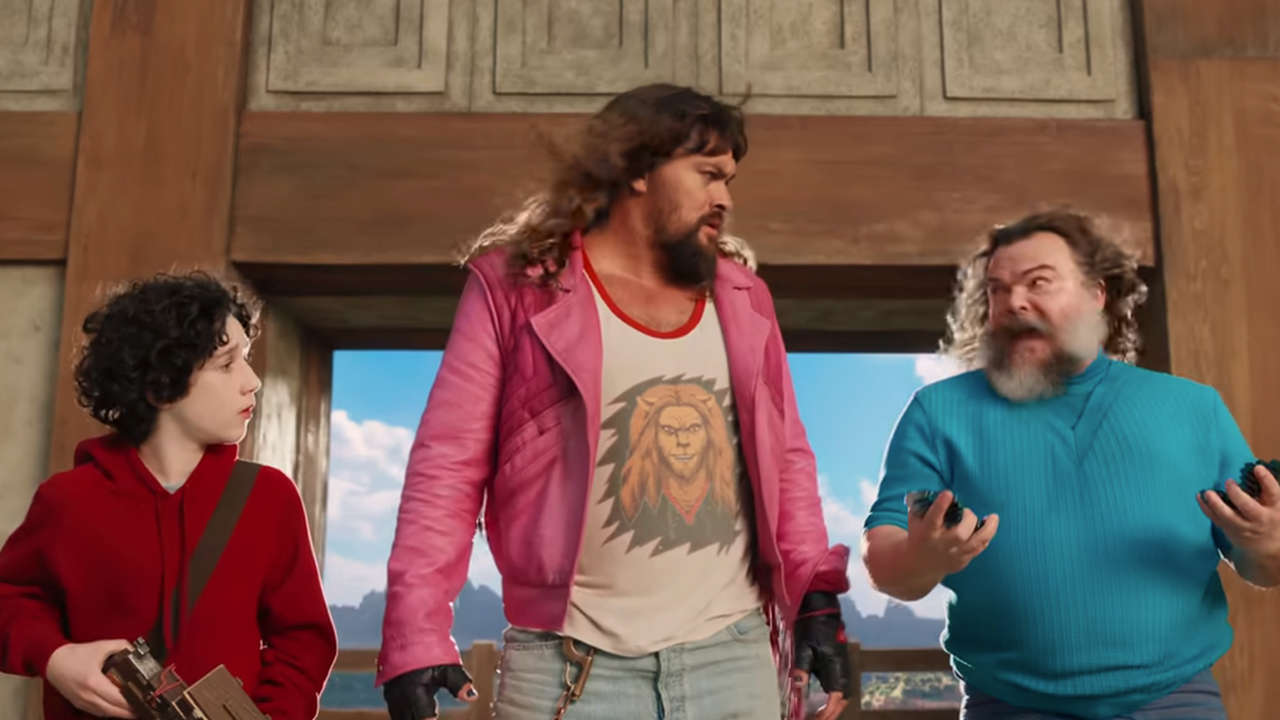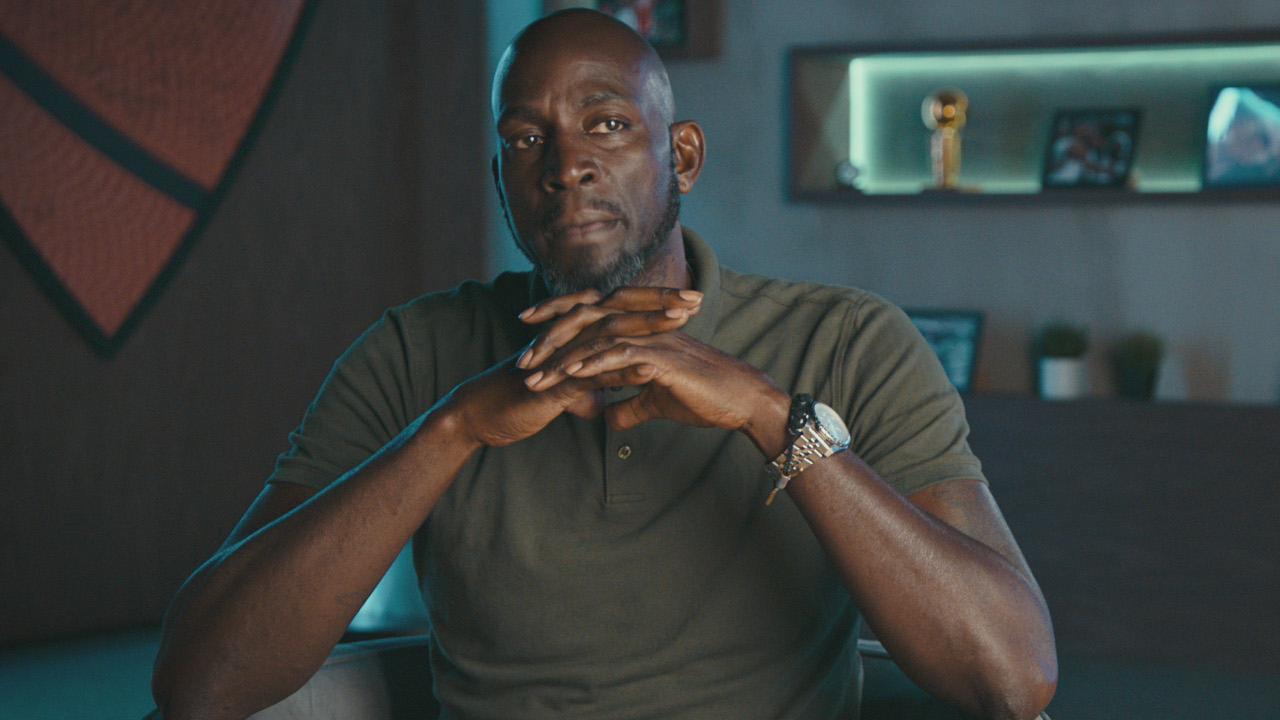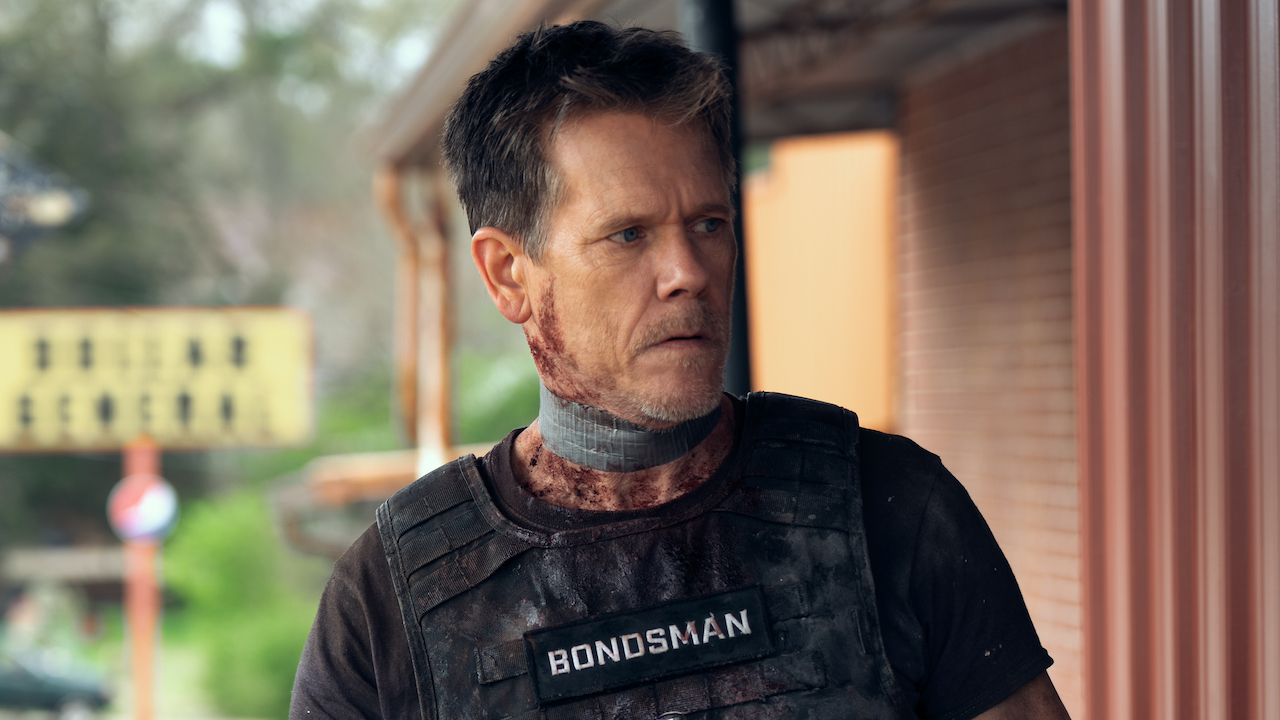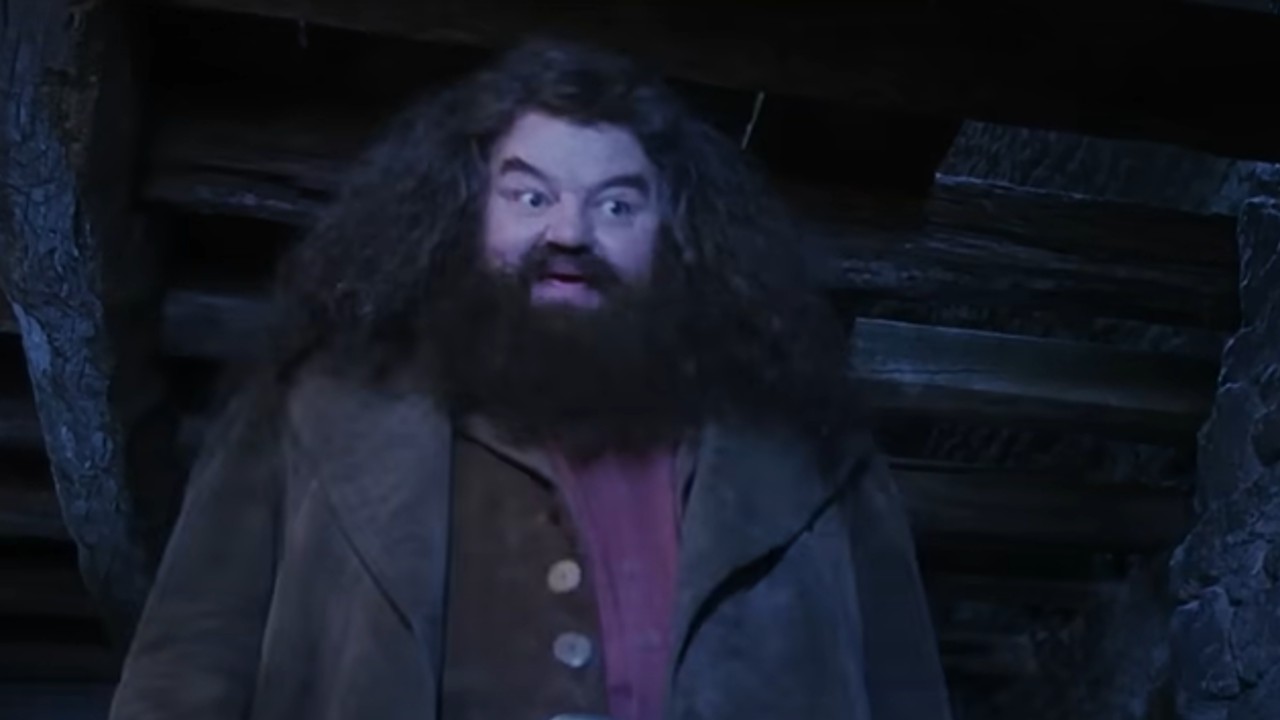John Carpenter's Christine: 14 Behind-The-Scenes Facts About The Classic Stephen King Movie
Shining a headlight on some cool trivia about the horror classic.
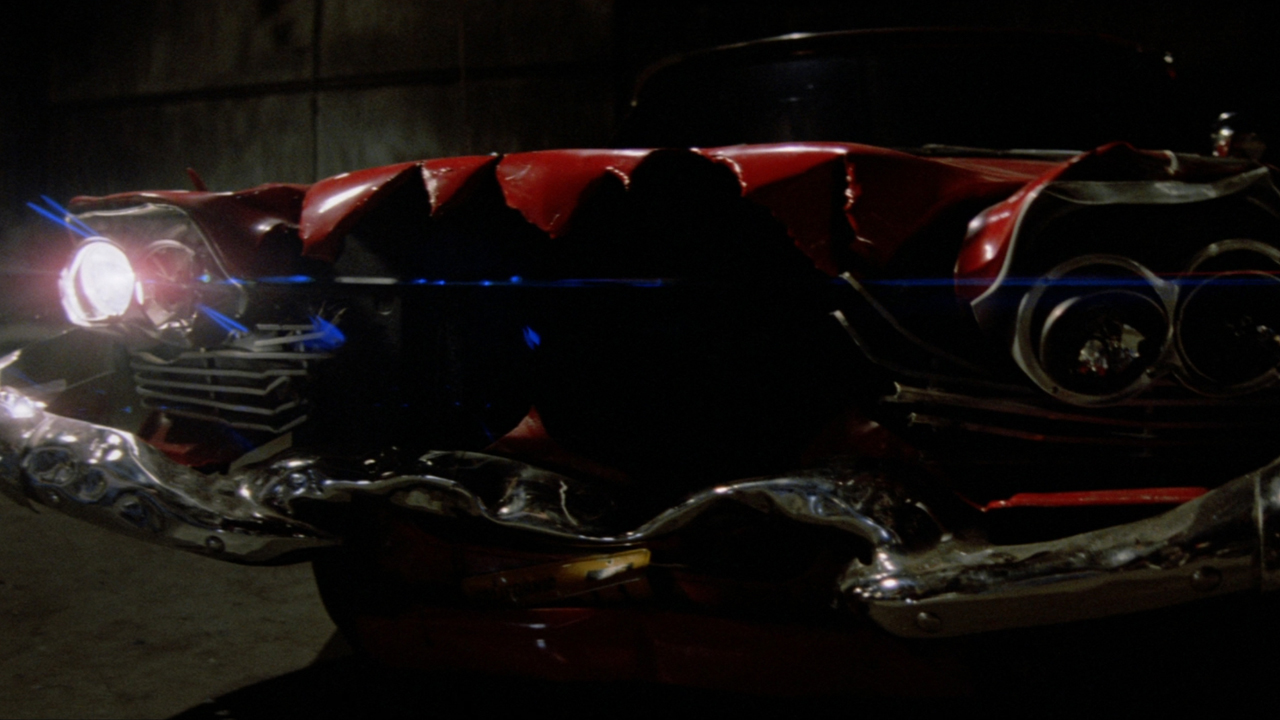
The works of Stephen King have inspired dozens and dozens of films and television programs in the last 46 years, but John Carpenter’s Christine is one of a kind. Part gory horror flick, part coming-of-age drama, it’s a movie that is as freaky as it is entertaining, one of the best King adaptations ever, and a cinematic experience one only becomes more enamored of after every viewing.
In that same spirit, knowing about the making of Christine only enriches the experience as well – which has helped inspire the creation of this feature. You can read about the full history of Stephen King’s Christine and the making of the film in my Adapting Stephen King column, but below you’ll find 14 fun behind-the-scenes facts that you may have never known about the classic movie.
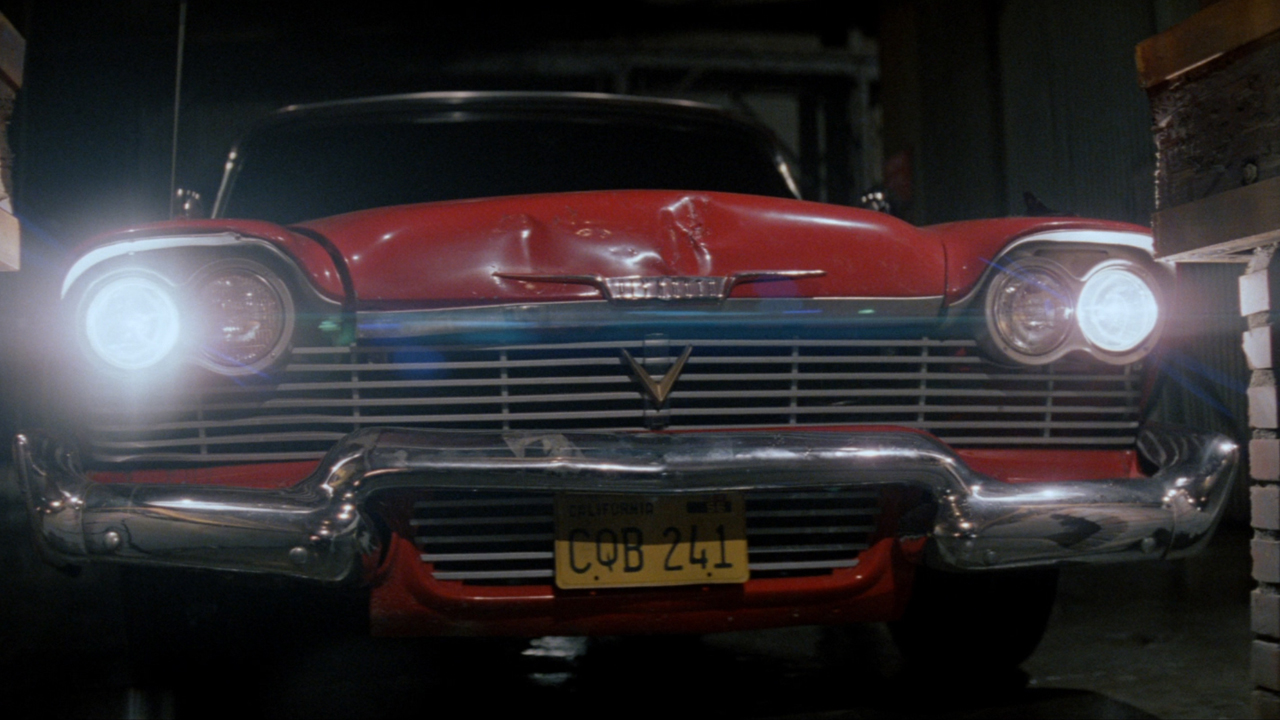
Christine Was Named After Christine Forrest, George Romero’s Ex Wife
Stephen King and director George Romero became close collaborators in the early years of King’s career, working together to try and develop adaptations of Salem’s Lot and The Stand before they made Creepshow together in 1982. As noted on that movie’s filmmaker commentary track, it was during those years that Romero married actress/producer Christine Forrest – and while the filmmaker ultimately cast her in a number of his films before their divorce in 2010, the author paid tribute to their friendship by naming his iconic, evil 1958 Plymouth Fury after her.
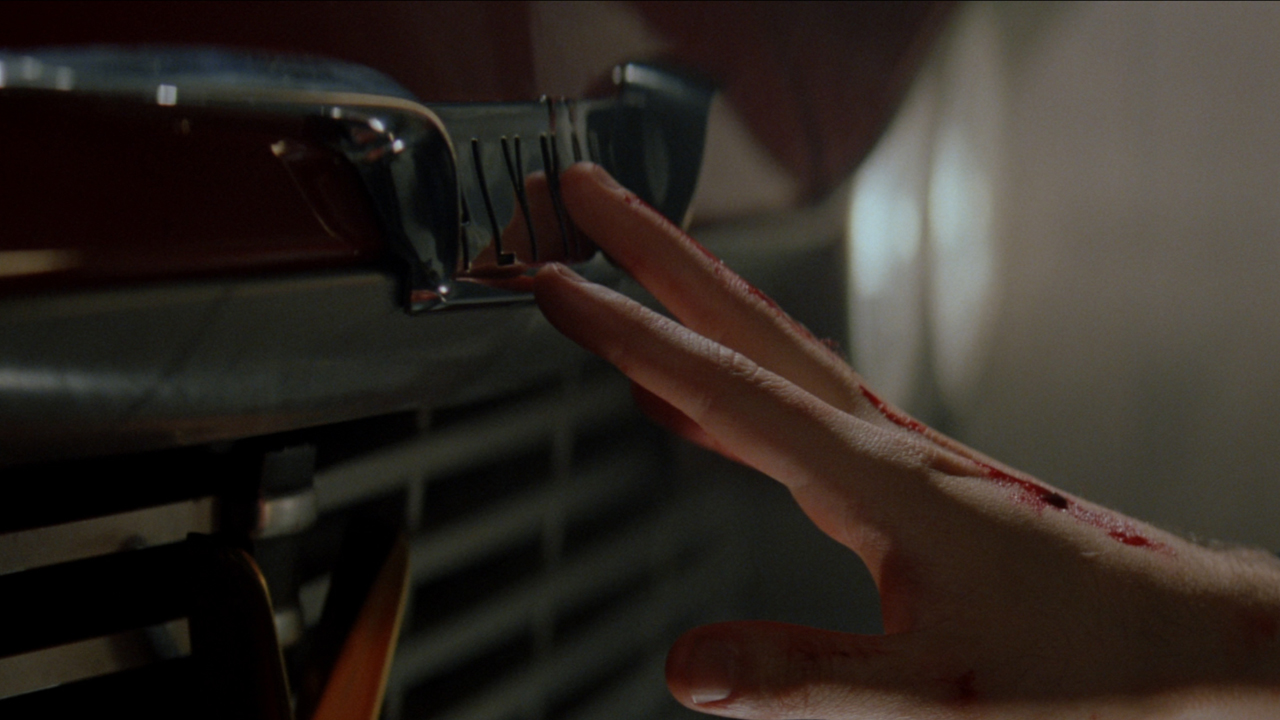
John Carpenter Was Developing A Different Stephen King Adaptation Before Making Christine
Given the respective statuses of John Carpenter and Stephen King in the horror genre, it makes all the sense in the world that their voices would together create iconic horror (hence the amazingness of Christine) – but before that book existed there were plans for Carpenter to helm a totally different King adaptation: Firestarter. Sadly, that project wound up being too potentially pricy for Universal Pictures, leading them to reject the script written by Bill Phillips, but it was in the aftermath of that rejection when Phillips and Carpenter got their hands on a manuscript version of King’s novel about a possessed car.
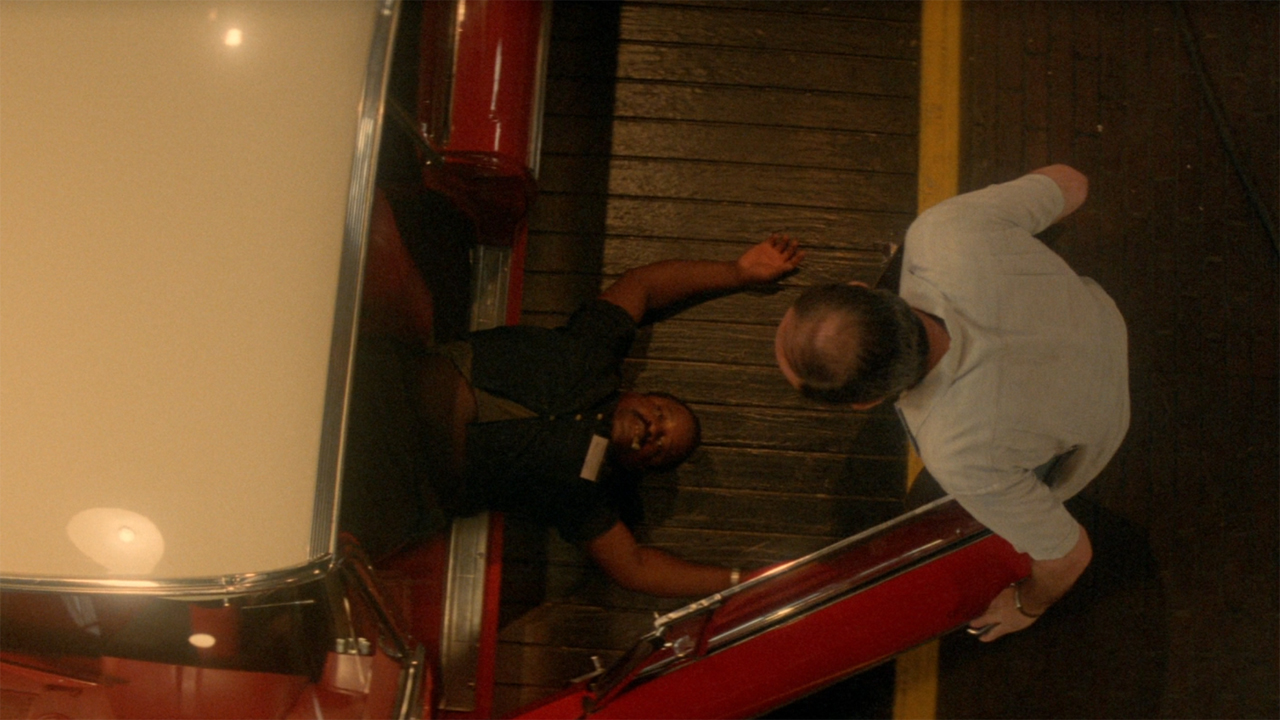
The Assembly Line Opening Of Christine Was Inspired By An Idea From Alfred Hitchcock
There are a number of deviations that John Carpenter’s Christine makes from the novel on which it is based, and that includes the very first scene where the titular vehicle kills a man via asphyxia while still on the assembly line. It’s not a totally original idea, however, as the director admits on the film’s commentary track that he took inspiration from an idea he sources to Alfred Hitchcock: the concept being that audiences would watch a car get built, and then at the very end a body would fall out of the trunk.
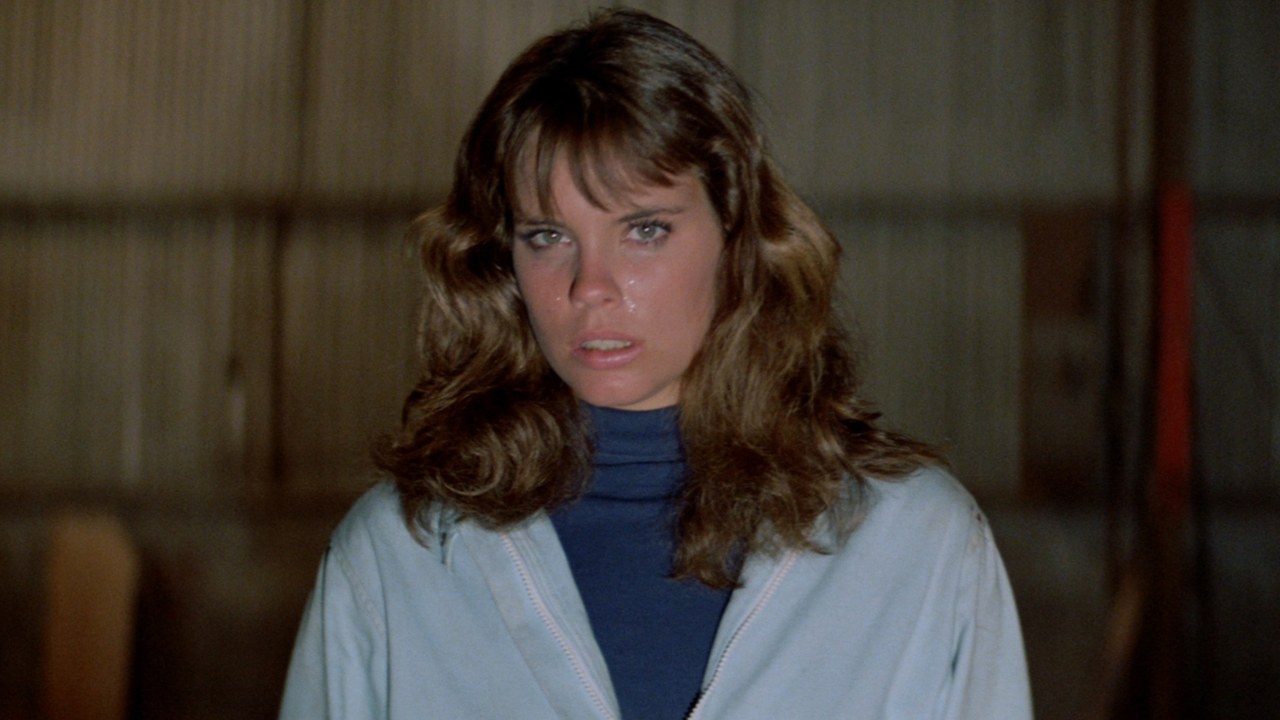
Alexandra Paul Played A Prank On John Carpenter With The Help Of Her Twin Sister
Based on the stories told in various featurettes made about Christine, the set of the film was a loose and breezy environment that inspired the cast and filmmakers to have a bit of extra fun during the production. A perfect example of this is a story that Alexandra Paul tells about a day when she had her identical twin sister help pull a prank on John Carpenter. Paul quietly switched with her sibling for a scene, and while the director got a sense that something was off when filming started, he only figured it out when Paul’s twin started delivering dialogue.
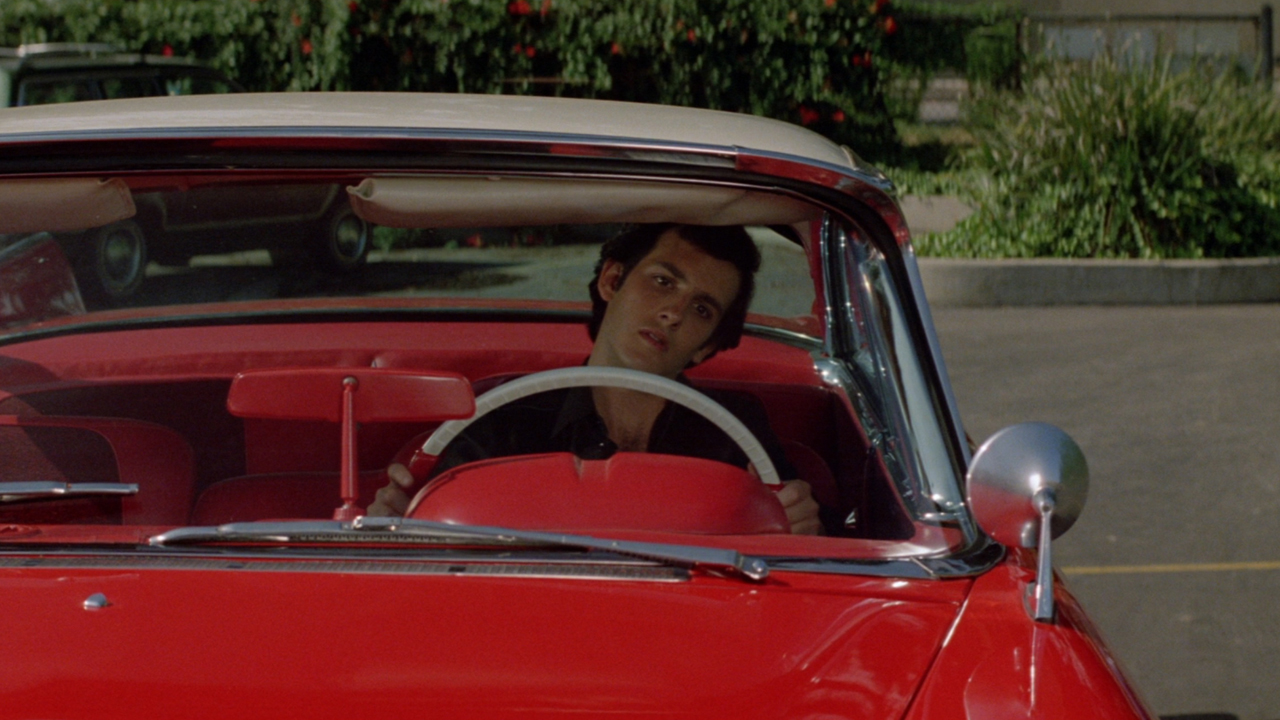
John Carpenter Played Pranks Of His Own On Christine’s Sound Team
If you walk away from the story above thinking that John Carpenter was merely a victim of his cast’s tomfoolery, think again, as he had his own fun in the making of Christine. On the filmmaker commentary he explains that he would sometimes surreptitiously unplug cables in the sound department before calling “action,” as he loved to watch them freak out and try to figure out what was wrong.
CINEMABLEND NEWSLETTER
Your Daily Blend of Entertainment News
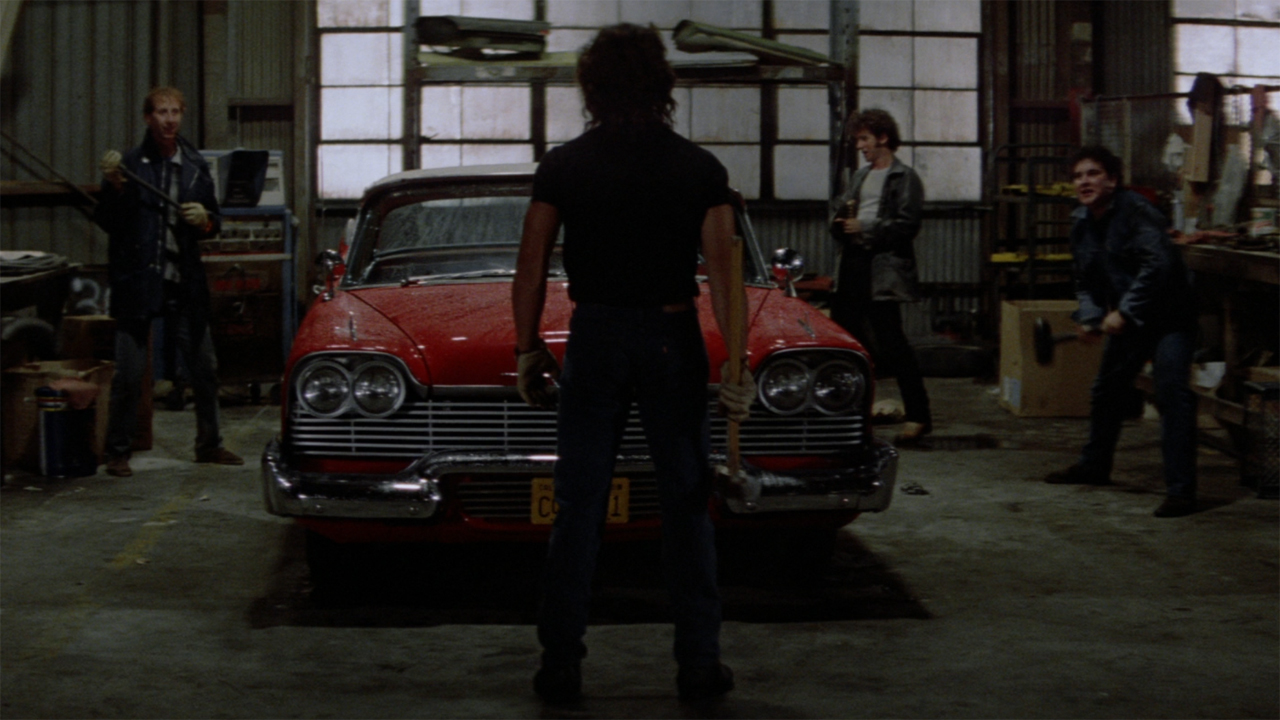
Beating Up Christine Was Not A Fun Experience For Buddy Repperton’s Gang
Clearly there was a positive atmosphere flowing in the making of Christine, but that doesn’t mean that every sequence was fun to shoot. During the scene where Buddy Repperton and his gang destroy the eponymous car, they were tasked with trying to tear apart a real 1958 Plymouth Fury, and that wasn’t as awesome as it may sound. With shards of metal and broken glass all over, some of the actors got seriously cut up.
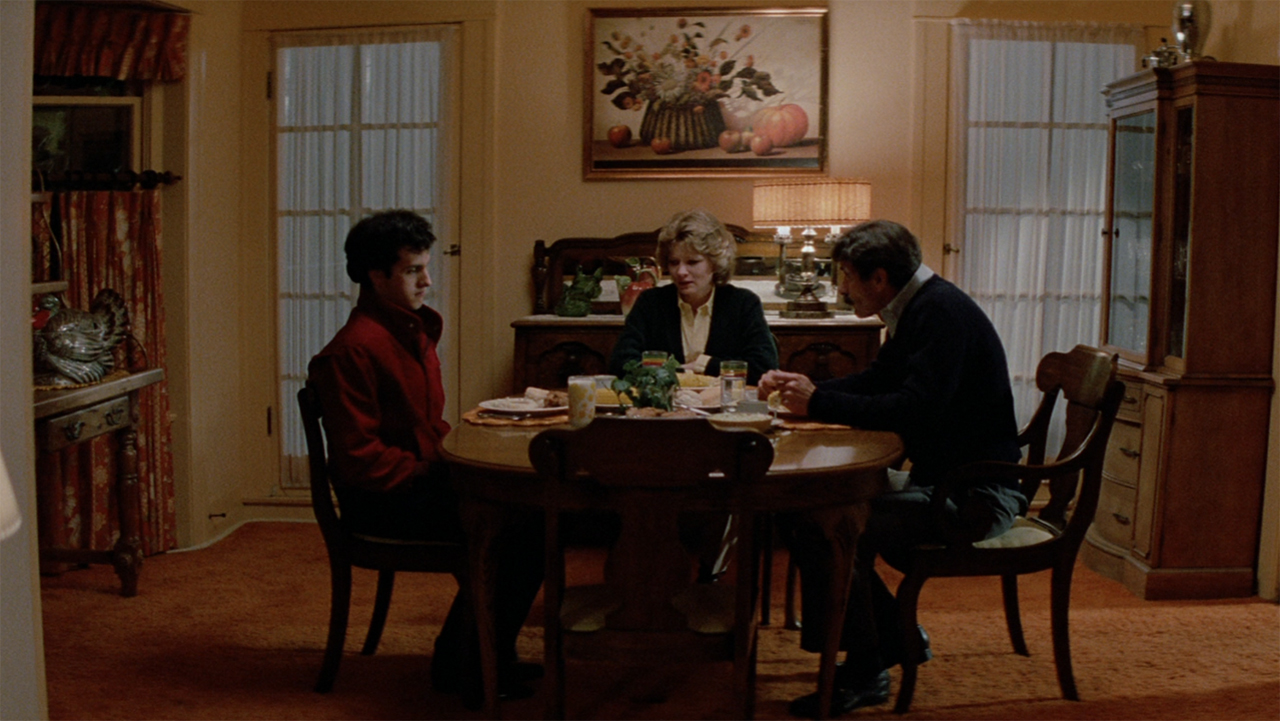
There’s A Specific Reason Keith Gordon Sounds Different During The Dinner Scene
Keith Gordon’s Arnie Cunningham goes through a complete emotional and physical evolution over the course of Christine, but the actor’s impressive commitment to the role isn’t the explanation as to why his voice takes on a different tenor in the scene when Arnie defends his beloved car to his parents and makes his mother cry. Per Gordon on the movie’s commentary, he was having an asthma attack of sorts on that particular day of production, and he tried to fight through it to shoot the sequence.
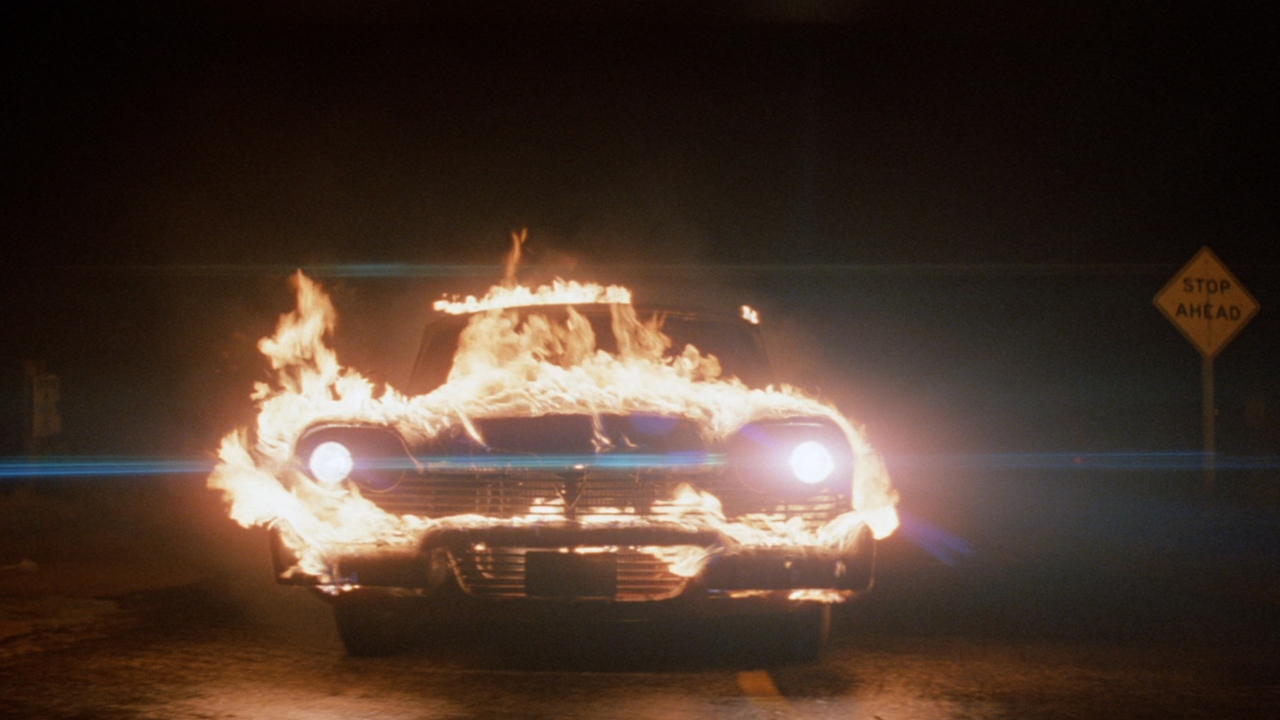
There Is A Driver Inside Christine When She Is On Fire And Chasing Buddy Repperton
If Christine were to be remade today (and there is a project in the works), a scene where the car is on fire would surely be filmed with a vehicle operated by remote control – but that option evidently wasn’t available to John Carpenter and his crew in the early 1980s. As a result, the scene where an enflamed Christine is hunting down Buddy Repperton was filmed with a driver inside the car. Stunt coordinator Terry Leonard was given an oxygen bottle because the fire was sucking all of the oxygen out of the cabin, though there was also constant concern about the gas tank.
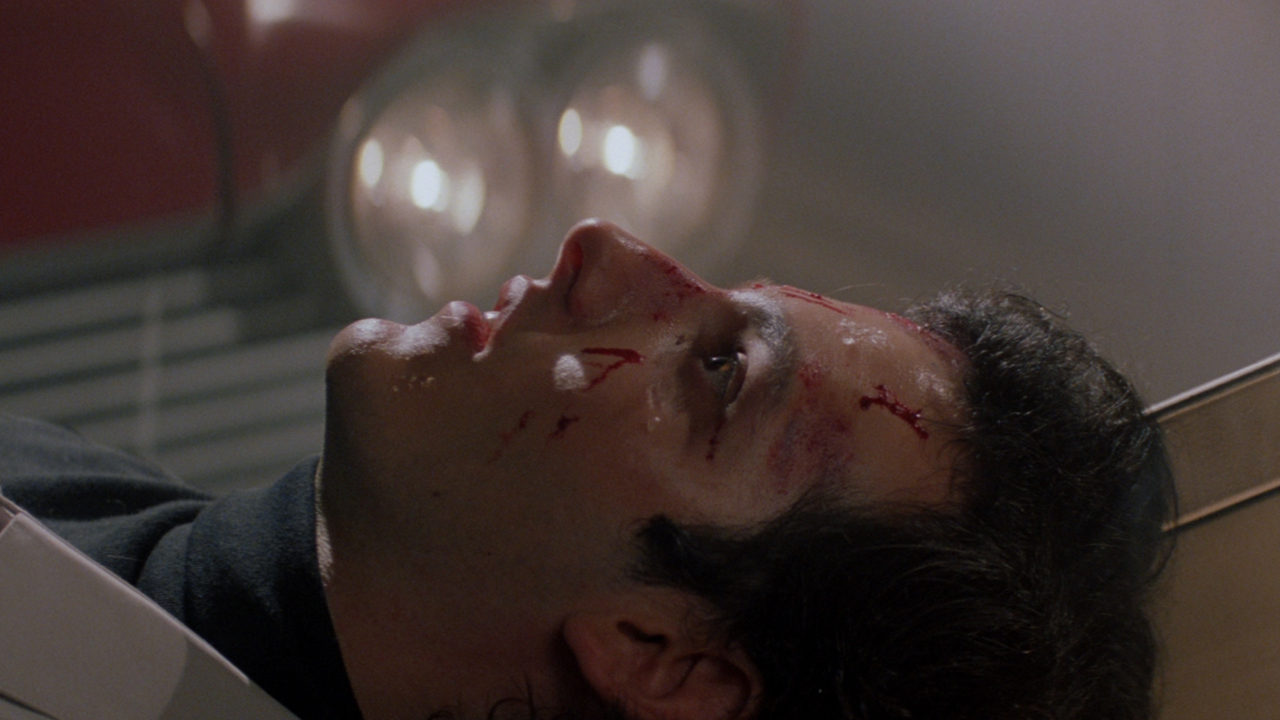
Keith Gordon Nearly Passed Out Filming Arnie’s Death Scene
Keith Gordon’s ability to breathe is the subject of not one, but two different stories from behind-the-scenes of Christine shared on the movie's filmmaker commentary. While shooting the scene at the end of the movie where Arnie Cunningham dies, Gordon decided that he wanted to look red and flushed as he reached out to caress the grill of his beloved car. Unfortunately, his method for doing this was holding his breath, and it got to a point where he nearly passed out because not enough oxygen was getting to his brain.
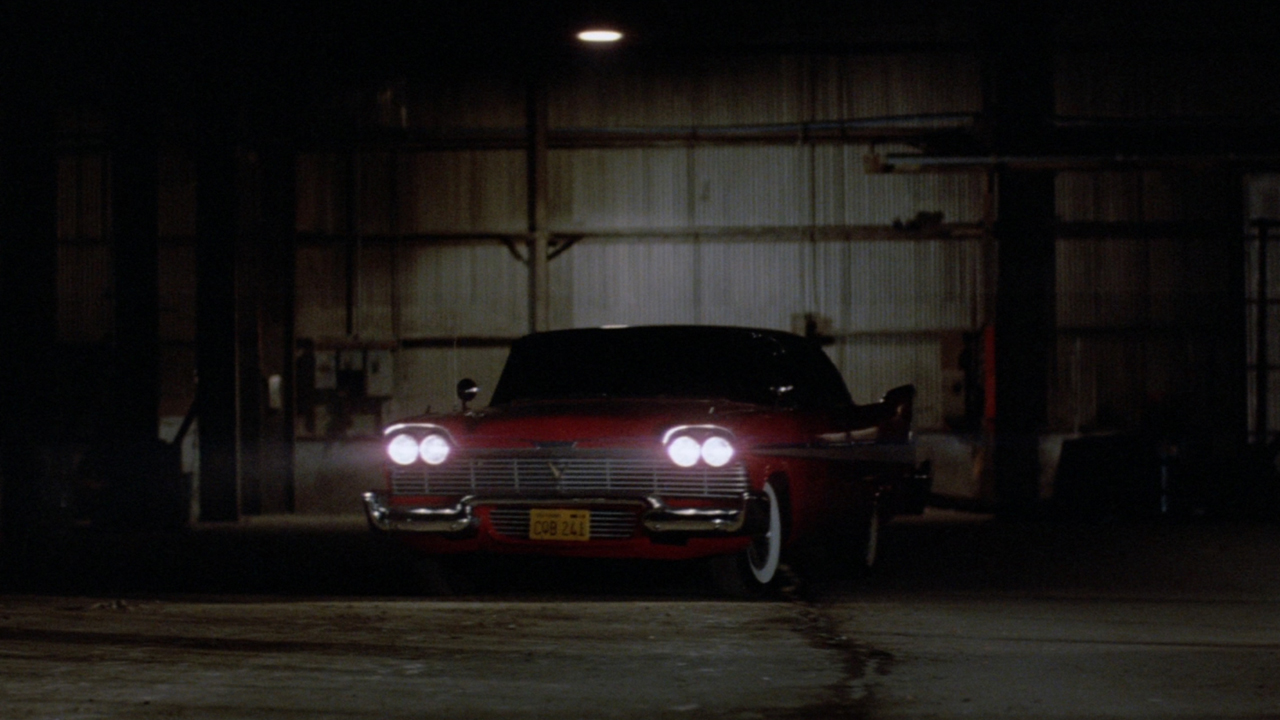
The Space Used For The Darnell’s Garage Set Was Also Used As An On-Set Body Shop
Stephen King is very specific in his book about Christine being a 1958 Plymouth Fury – and that was something that John Carpenter knew he had to stay faithful to in his adaptation. The production was able to acquire 24 total Furys, according to the Blu-ray special features, and parts were cannibalized to create a total of 17 workable versions that could serve different functions. In order to keep these vital machines running properly, half of the space that was used as the Darnell’s Garage set was used as an on-set body shop. By the end of filming, all but two of the cars were destroyed.
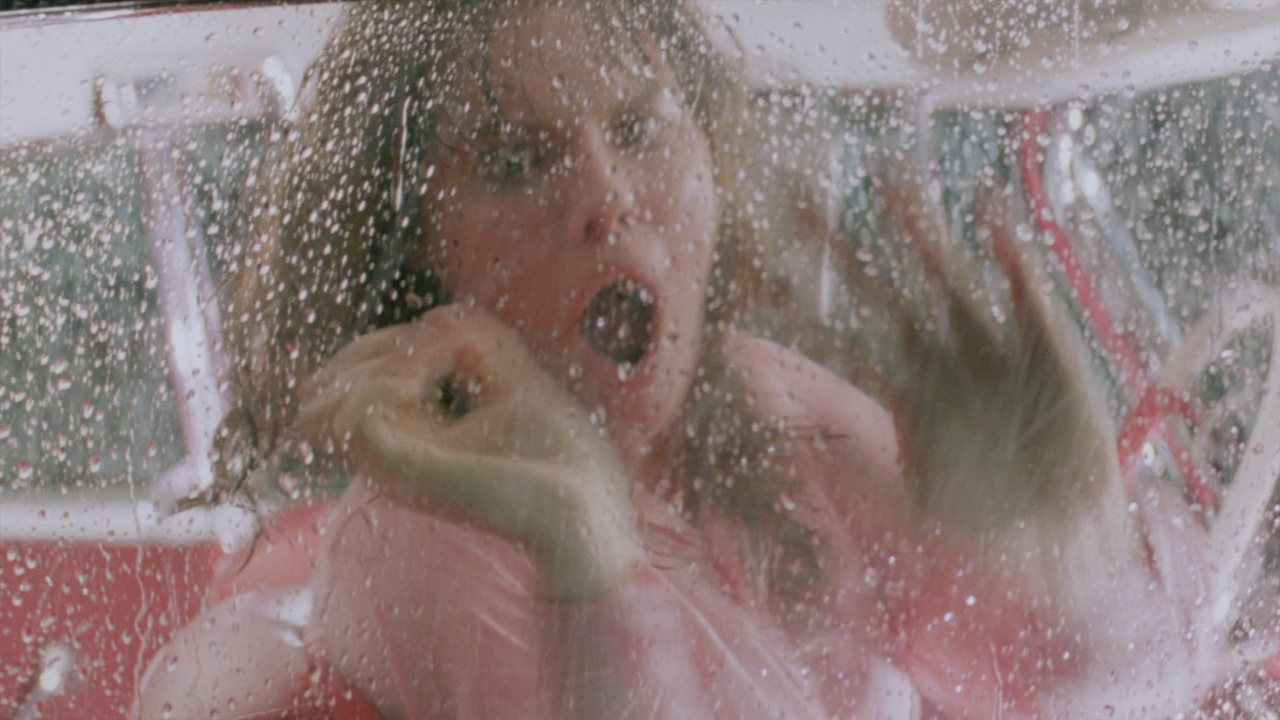
Being A Vegetarian, Alexandra Paul Had A Trick For Eating A Hamburger On Screen
One of the most famous scenes in John Carpenter’s 1983 film is when Alexandra Paul’s Leigh is at the drive-in with Arnie and gets trapped in Christine’s passenger seat – the car magically causing her to choke on the hamburger that she is eating. What’s a bit funny about the making of the scene, though, is that the actress never actually took a real bite of the burger because she is a vegetarian. Paul didn’t want to make a big fuss about it on set, forcing the production to find some kind of alternative, so instead she just pushed the beef patty back in the sandwich and nibbled at the bun.
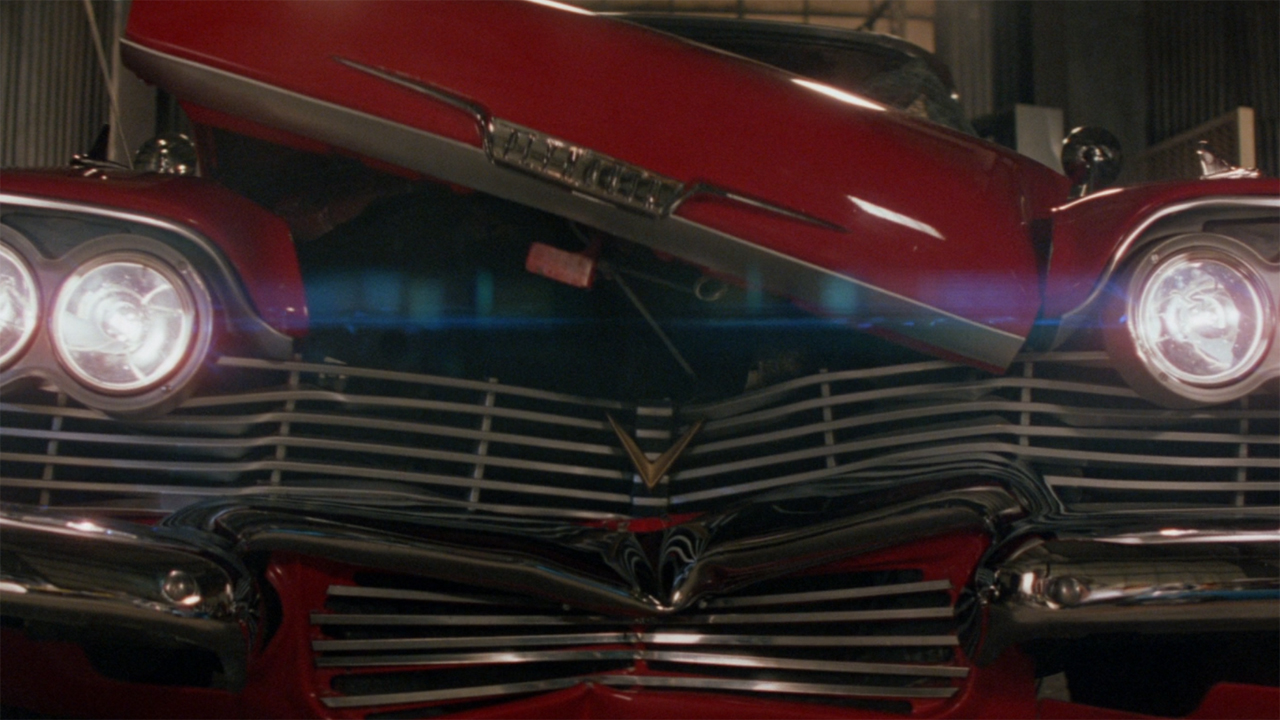
Hydraulics And Reversed Photography Were Used For Christine’s Self-Reconstruction
Watching Christine rebuild herself after being assaulted by Buddy Repperton’s gang is a genuine example of movie magic, and a sequence that is in no way diminished when you discover how John Carpenter was able to create the effect. According to the film’s commentary, hydraulics were used to push and pull parts of the car, and the sequences were shot upside down. The negative was simply flipped during post-production, and what resulted is dazzling.
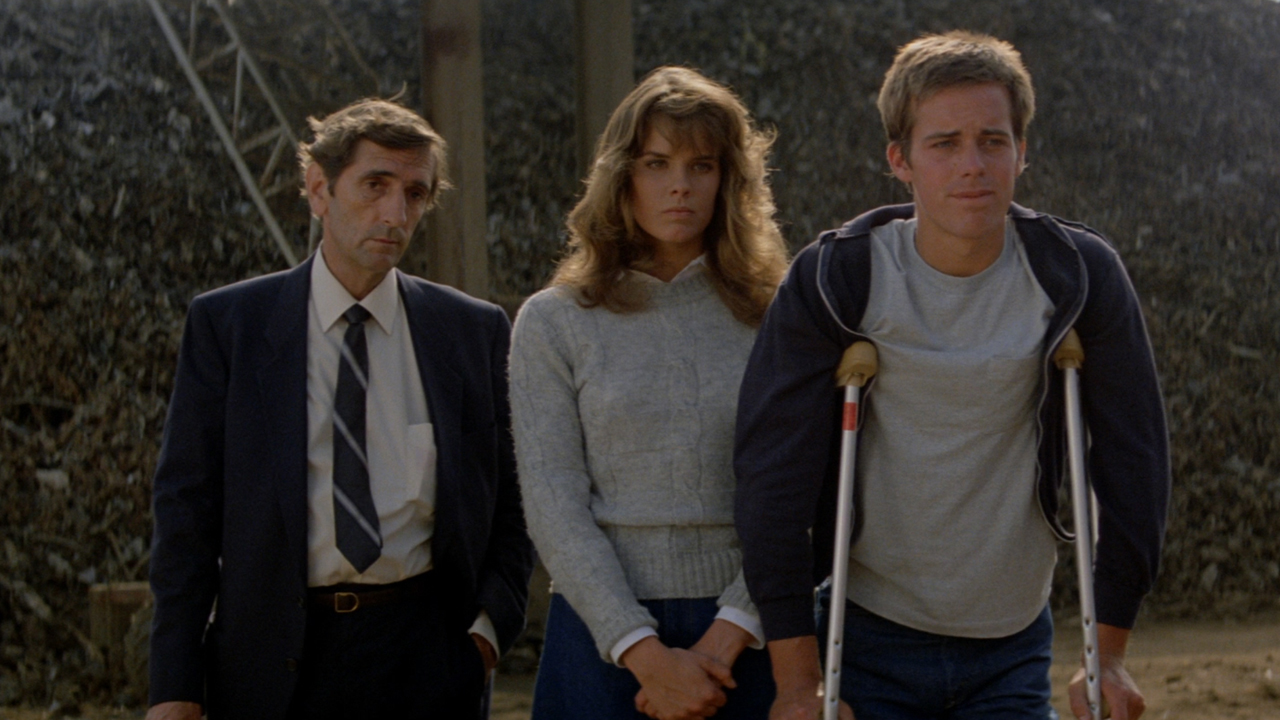
Two Cameos Were Cut From The End Of The Movie
On a soundtrack full of amazing music, George Thorogood’s “Bad To The Bone” is a key standout in Christine, so it makes all the sense in the world that John Carpenter invited Thorogood to set so that he could make a brief cameo at the end of the film – paired for a scene with screenwriter Bill Phillips. Unfortunately, the bit ended up getting left on the cutting room floor because, per the movie’s bonus features, the performances by the musician and the writer were… unimpressive.
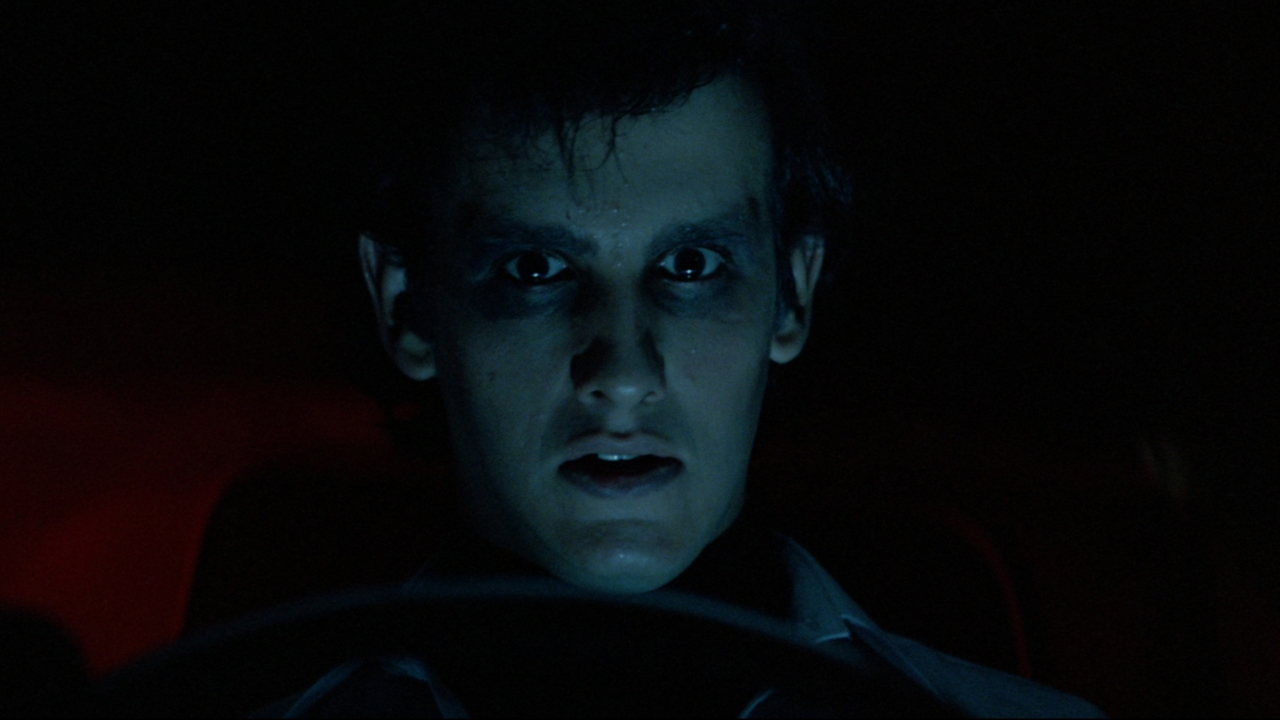
Christine Hit Theaters While The Softcover Edition Of Stephen King’s Book Was Still Topping The Charts
The vast majority of book adaptations come together once a novel has already proven to be a hit, but Stephen King was in a special place back in early 1980s and was able to sell movie rights for his stories long before they hit store shelves. In the case of Christine, the John Carpenter film was released just eight months after hardcovers went on sale, and it was playing in theaters while the softcover was the best-selling book in the country.
To read more about the long history of Stephen King stories on the big and small screens, check out my weekly Adapting Stephen King column, and to learn about all of the projects based on the author’s works that are currently in development, you should read our Upcoming Stephen King Movies And TV feature.

Eric Eisenberg is the Assistant Managing Editor at CinemaBlend. After graduating Boston University and earning a bachelor’s degree in journalism, he took a part-time job as a staff writer for CinemaBlend, and after six months was offered the opportunity to move to Los Angeles and take on a newly created West Coast Editor position. Over a decade later, he's continuing to advance his interests and expertise. In addition to conducting filmmaker interviews and contributing to the news and feature content of the site, Eric also oversees the Movie Reviews section, writes the the weekend box office report (published Sundays), and is the site's resident Stephen King expert. He has two King-related columns.

